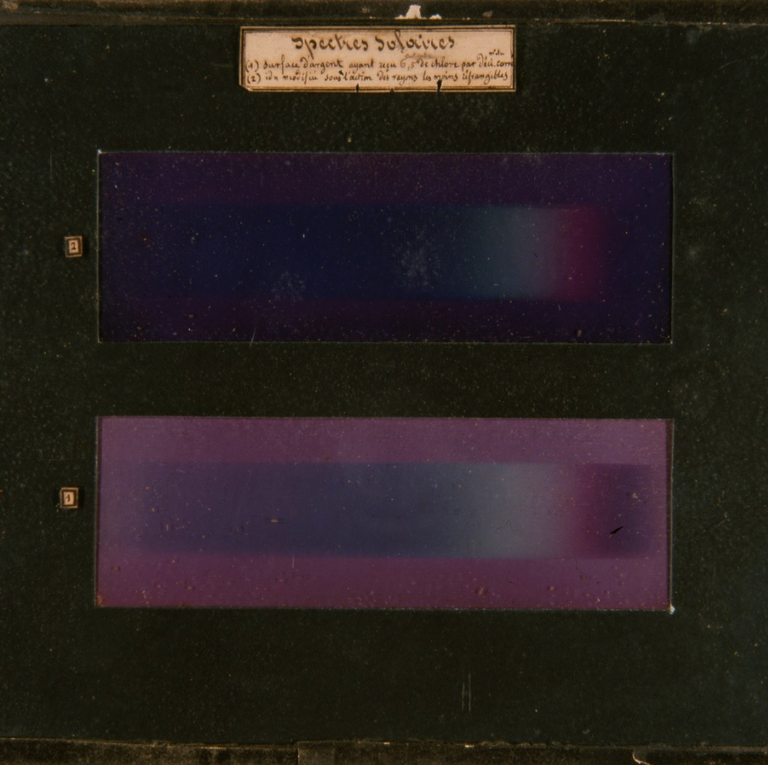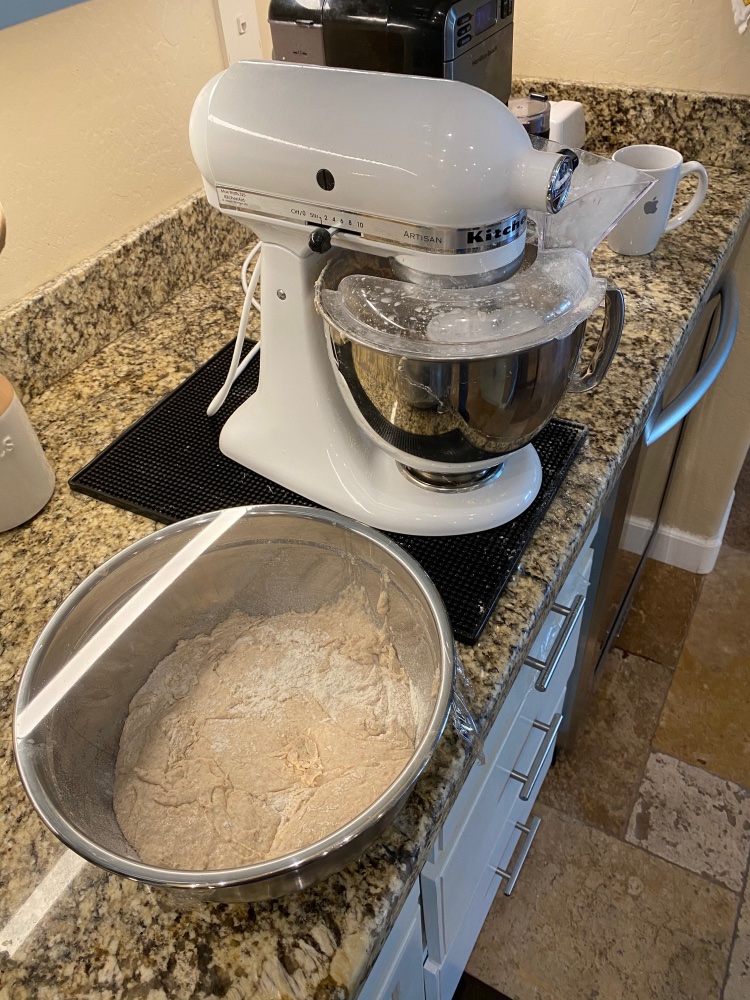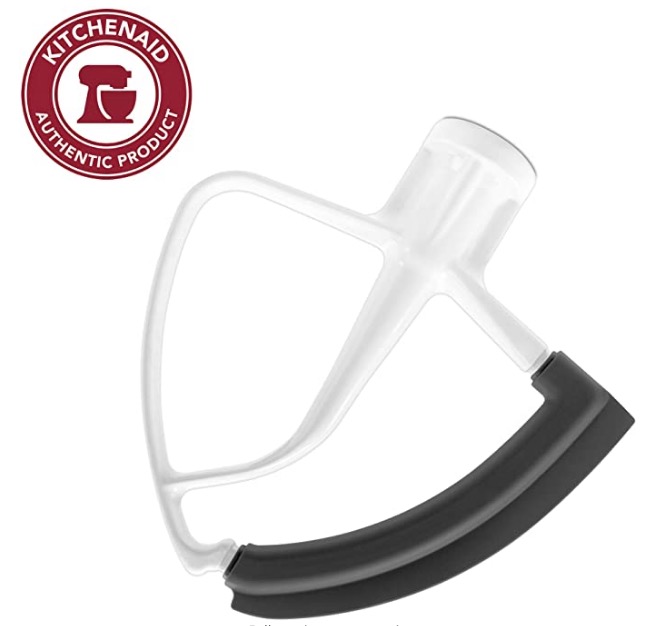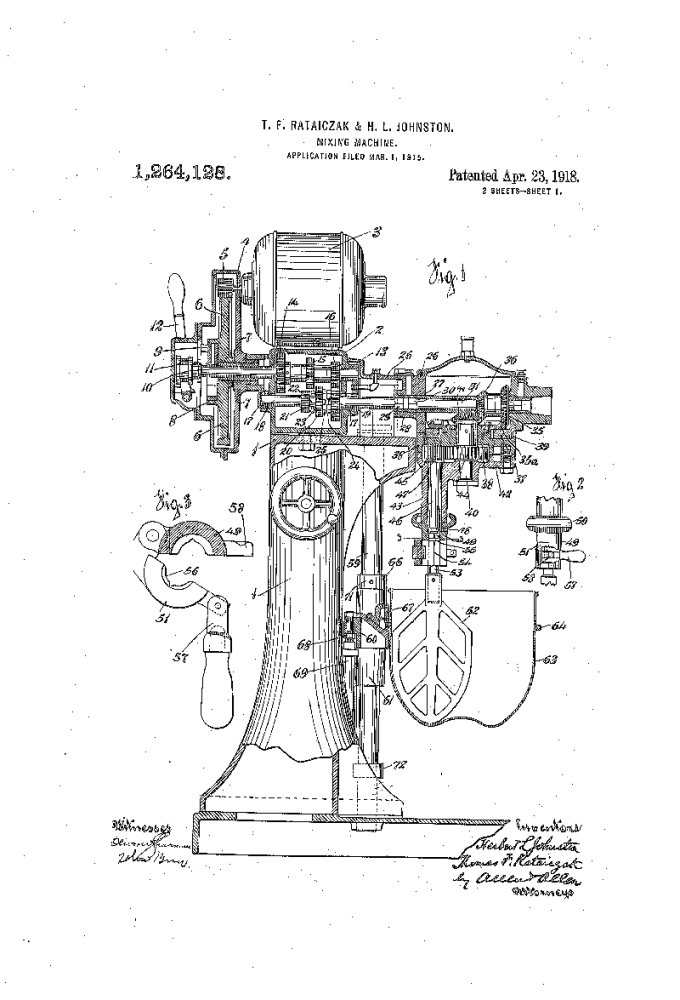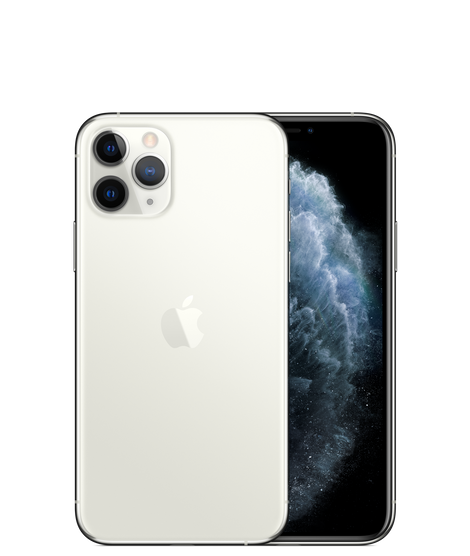Use the army.

Wanted: 1.25 million delivery drivers.
The US Army comprises 1.3 million workers on the taxpayer’s tab. It costs $1 trillion (yes, that’s $1,000,000,000,000) annually and has not won a conflict in 75 years. Let’s get some value out of this otherwise useless labor.
Problem: Supermarkets are disease pits and the primary area for virus transmission. Unfortunately, they are essential to life and health. Most provide no protective clothing for employees and fail to even provide simple, inexpensive Lexan partitions between shopper and cashier. They must be closed and the model rethought.
Solution: Close all supermarkets, prohibit in-person shopping and require a ‘delivery only’ model for all US households.
Here are the statistics:
Households and available driver labor:
Households in US: 128mm
Soldiers in army: 1.3mm
Unemployed retail store workers: 500,000
Total available labor – using 80% of Army and all retail: 1,540,000
Vehicles available:
GM vehicle production 2019: 2,900,000
Ford vehicle production: 1,200,000
US army vehicles: 225,000
Conscript 3m of Ford and GM vehicle production: 1,025,000 available
Add US Army for a total of: 1,250,000 available vehicles
Unit data:
Workers per vehicle: 1.23
Put all supermarkets on a delivery only model, no customer visits to these disease pits permitted.
# of supermarkets in USA: 28,000
Drivers (army + retail) available to each supermarket: 55 drivers
Households per US supermarket: 4,570
Permitted weekly grocery orders per household: 1
Trips per driver per day: (4570/55/7) = 12
Conclusion:
By conscripting 80% of otherwise useless army labor (no cost increase – already paid for) and all laid off retail workers (to be paid by supermarkets – no cost to taxpayer) and dedicating these workers to driving delivery vehicles, the labor load per driver computes to just 12 deliveries per day to supply every household in the USA.
Interpersonal shopper:grocery store worker contact falls to zero. Drivers are tested for virus weekly, being the sole source of contact with shelf stackers, with body temperature checks daily. Drivers have zero contact with shoppers – ‘leave at door’.
Fire all cashiers, as stores are closed, and add them to the labor force too.
As for national defense, the last 75 years prove that the sole purpose of the US Army is offense, not defense, and it has had no successes in its offensive rôle. Under my model we still have 300,000 Army personnel left (not sure what they do, exactly) and the Navy and Air Force to deliver nukes if needed. And let’s recall that a nuclear submarine parked at the bottom of the Black Sea on Moscow’s doorstep is impregnable, and it carries 16 long range nukes.
T.
